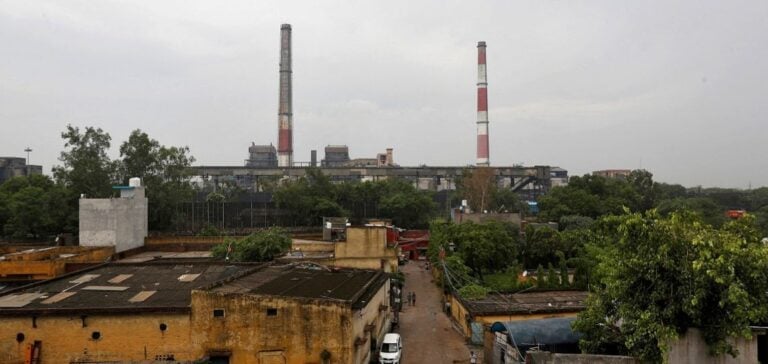India, a major emitter of greenhouse gases, aims to increase its renewable energy capacity to 500 GW by 2030. Despite a missed target of 175 GW in 2022, the country plans to add 50 GW of non-fossil-fired capacity every year. According to Moody’s Ratings, India will need to invest between $190 and $215 billion in generation capacity and between $150 and $170 billion in power transmission and distribution over the next six to seven years.
Financing and Infrastructure Challenges
Moody’s estimates that the annual addition of 44 GW will make it possible to reach the 500 GW target. However, the size of the projects announced will probably keep the financial debt of renewable energy companies at a high level for the next two to three years, representing a negative credit risk. By contrast, the debt of government-related issuers should remain moderate over the same period.
The Enduring Role of Coal
Despite strong growth in renewable energies, coal will continue to play a significant role in power generation for the next eight to ten years. Moody’s forecasts that India will add between 40 and 50 GW of coal-fired capacity over the next five to six years to meet electricity demand rising by 5% to 6% a year.
Impacts of Government Policies
India’s strong political support has increased the share of renewables to around 43% of its power generation capacity in fiscal 2023-24, attracting private investment. The Adani Group, through Adani Green Energy, aims to generate 45 GW of renewable energy by 2030, becoming the country’s leading integrated renewable energy player. Continued political support will facilitate significant progress towards the transition targets for 2030 and carbon neutrality for 2070. However, India will also have to manage the challenges associated with energy transition, including financing, infrastructure, and managing coal’s persistent share of the energy mix.
The combination of these efforts will enable India to make progress towards its ambitious energy goals, while ensuring stable growth in electricity supply to meet growing demand.






















